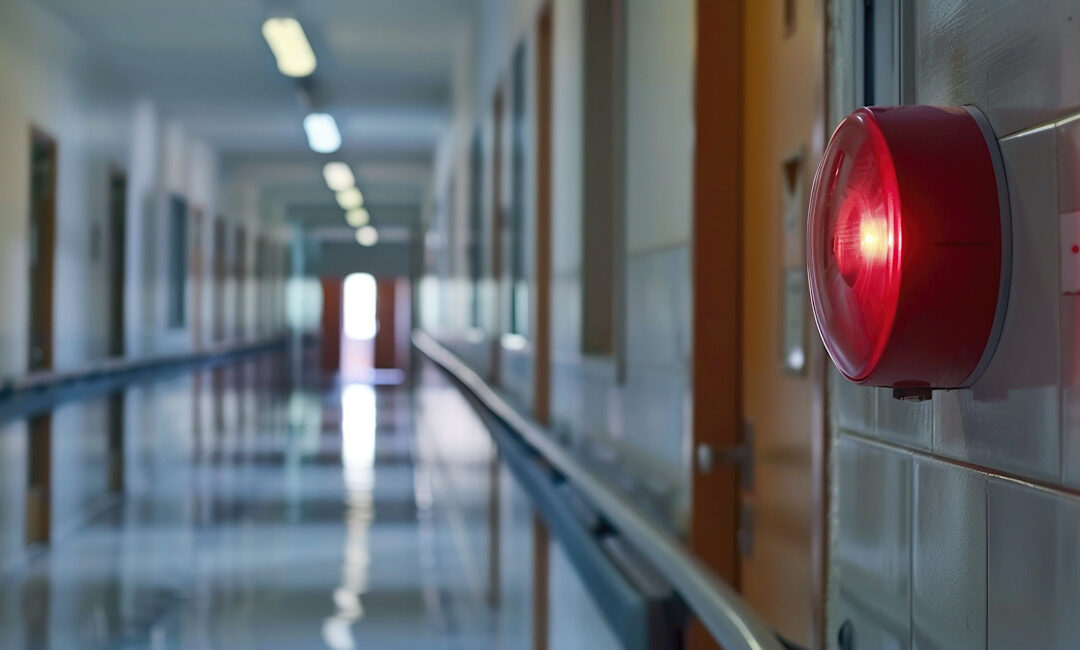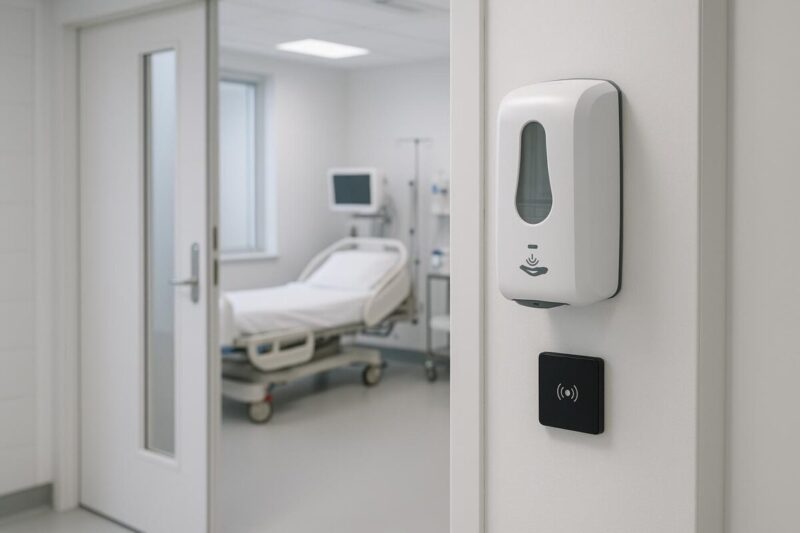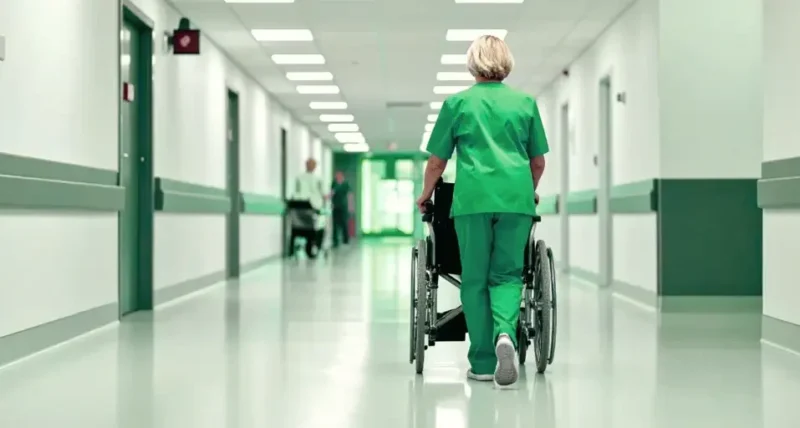
At ZulaFly, we know how critical it is for healthcare teams to feel safe and supported on the job. A staff duress system—often integrated within a Real-Time Location System (RTLS) platform—gives every caregiver the power to summon help instantly, whether they’re facing an aggressive patient, responding to a code white, or working alone in a remote wing.
How a Staff Duress System Keeps Your Team Secure
Imagine a nurse entering the emergency room patient holding area late at night, and intoxicated belligerent family members are threatening her.. With a discreet badge or panic-button wristband, she triggers an alert the moment she senses danger. That signal immediately pops up on the security dashboard, pinpointing her exact location, and notifies nearby responders via SMS or overhead paging. In practice, this can slash response times from minutes to seconds—sometimes under 60 seconds vs. the three-plus minutes seen in hospitals without duress capabilities.
Core Components: What You’ll Find in Every Solution
- Wearable Panic Devices
- Badges clipped to a lanyard, wristbands, or even mobile-app buttons. One press, one alert.
- RTLS Location Tags
- Bluetooth, IR, Ultrasound, UWB, or Wi-Fi trackers ensure accuracy within a few feet, so help goes to exactly where it’s needed.
- Monitoring Dashboard
- A centralized interface where security teams view active alerts, assign responders, and track incident resolution.
- Automated Escalation Workflows
- If the first responder doesn’t acknowledge, the system automatically escalates the call to a supervisor or backup team.
- Integrated Notifications & Access Control
- Alerts can trigger SMS, email, paging, or even automatic door locks/unlocks to contain or quell an incident.
Why Every Hospital Should Invest in Duress Alerts
Dramatically Faster Response
Facilities using integrated duress systems log average response times under one minute. Those extra seconds make all the difference in de-escalating conflicts, protecting staff, and preventing patient harm.
Boosted Staff Confidence
Knowing help is just a button-press away reduces anxiety, burnout, and turnover among nurses, techs, and support staff. In a 2024 survey, 78 % of nurses at hospitals with duress systems reported feeling “significantly safer” on shift.
Complete Campus Coverage
Standalone panic buttons often suffer dead zones, but hybrid RTLS architectures ensure coverage in basements, elevators, remote clinics, and sprawling outdoor areas—so there’s nowhere staff can’t call for backup.
Data-Driven Safety Improvements
Every alert creates an incident log—complete with timestamp, location, responder actions, and incident type. These records feed into compliance reports, accreditation audits, and root-cause analyses, driving continuous safety enhancements.
Extending Coverage: Beyond the Basics
- Responder Workflow Automation: Create multi-tiered escalations—if security doesn’t respond in 30 seconds, it escalates to leadership automatically.
- Access Control & Lockdown: Pair the duress system with your door-lock protocols so that a triggered alert can seal off dangerous zones or open emergency exits.
- Analytics Dashboards: Visualize incident hotspots and peak times to guide staffing decisions and targeted training.
Real-World Results
According to the ECRI Institute, hospitals that rolled out integrated duress systems saw a 45 % reduction in staff-targeted incidents across multi-campus networks. Those hard numbers—paired with testimonials from security directors and nursing leadership—reinforce the life-saving value of these platforms.
Staff Duress System FAQs: Enhancing Hospital Safety and Response
1. What exactly does a staff duress system do in a hospital setting?
A staff duress system allows hospital employees to quickly alert security when they feel unsafe or threatened.
2. How does a staff duress system improve response times compared to traditional safety protocols?
It sends instant alerts to responders, helping security reach staff faster during emergencies.
3. What components are included in a typical duress alert solution?
Most systems include wearable panic buttons, location tracking, and a central alert dashboard.
4. Why should hospitals invest in staff duress systems instead of relying on standard panic buttons?
They offer wider coverage, faster response, and better tracking than basic panic button systems.
5. How do duress systems support staff well-being and retention?
They help employees feel safer and more supported, reducing stress and turnover.
Hospitals that proactively deploy staff duress systems not only safeguard their caregivers but also demonstrate leadership in patient-centered care. Reach out to ZulaFly today to see how our RTLS-powered solution can transform your emergency response strategy and create a safer environment for everyone on your team.



